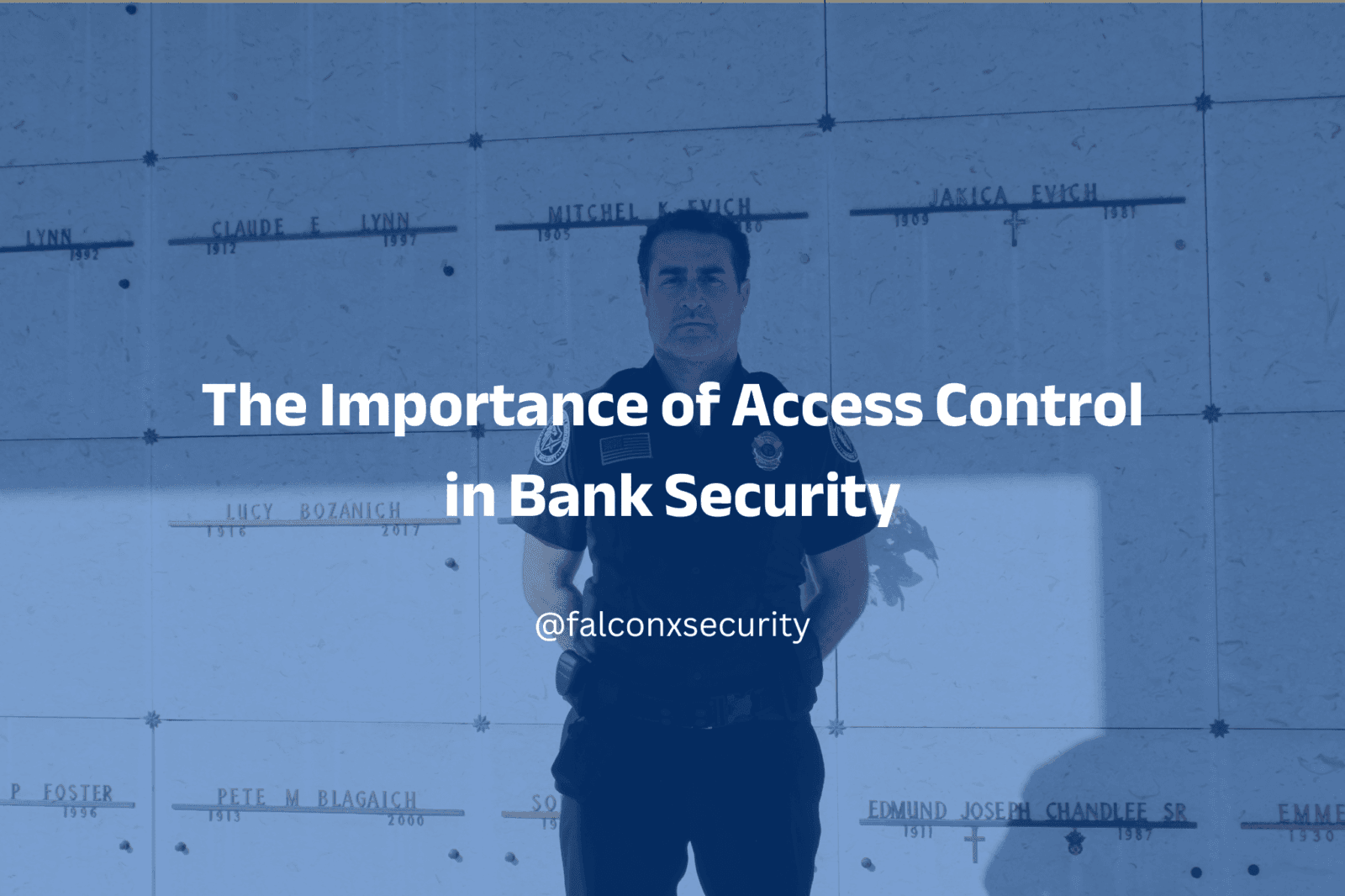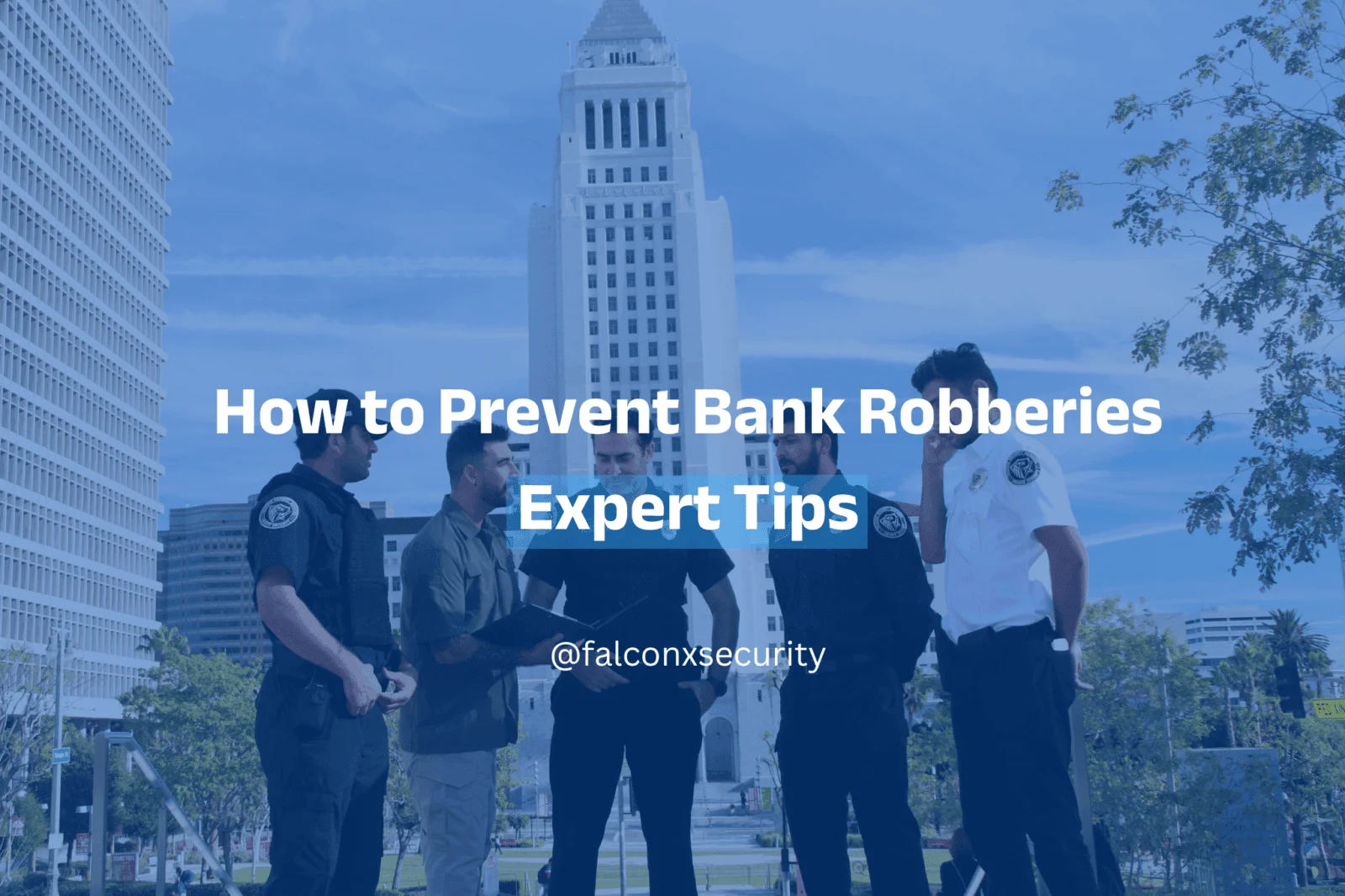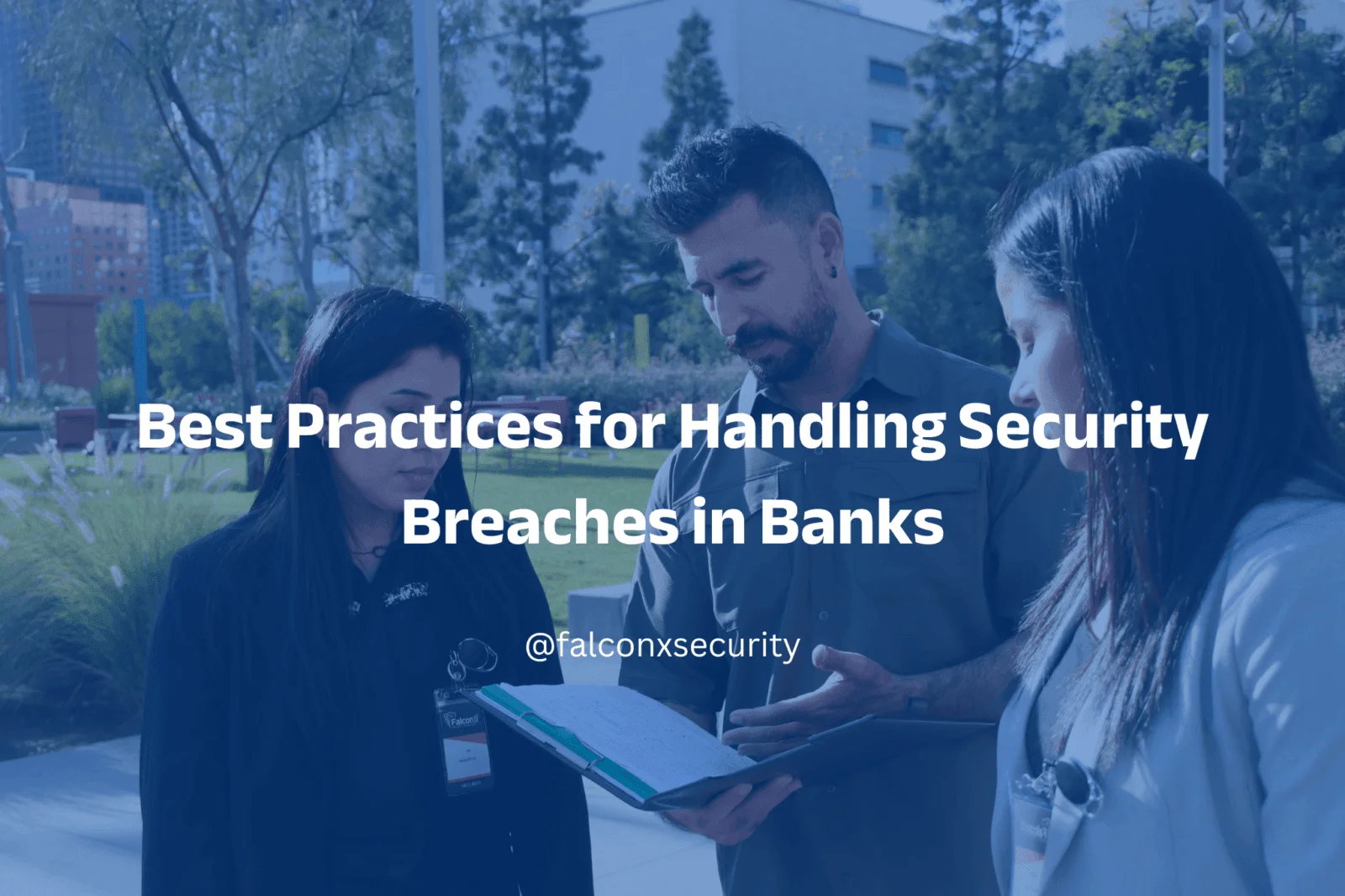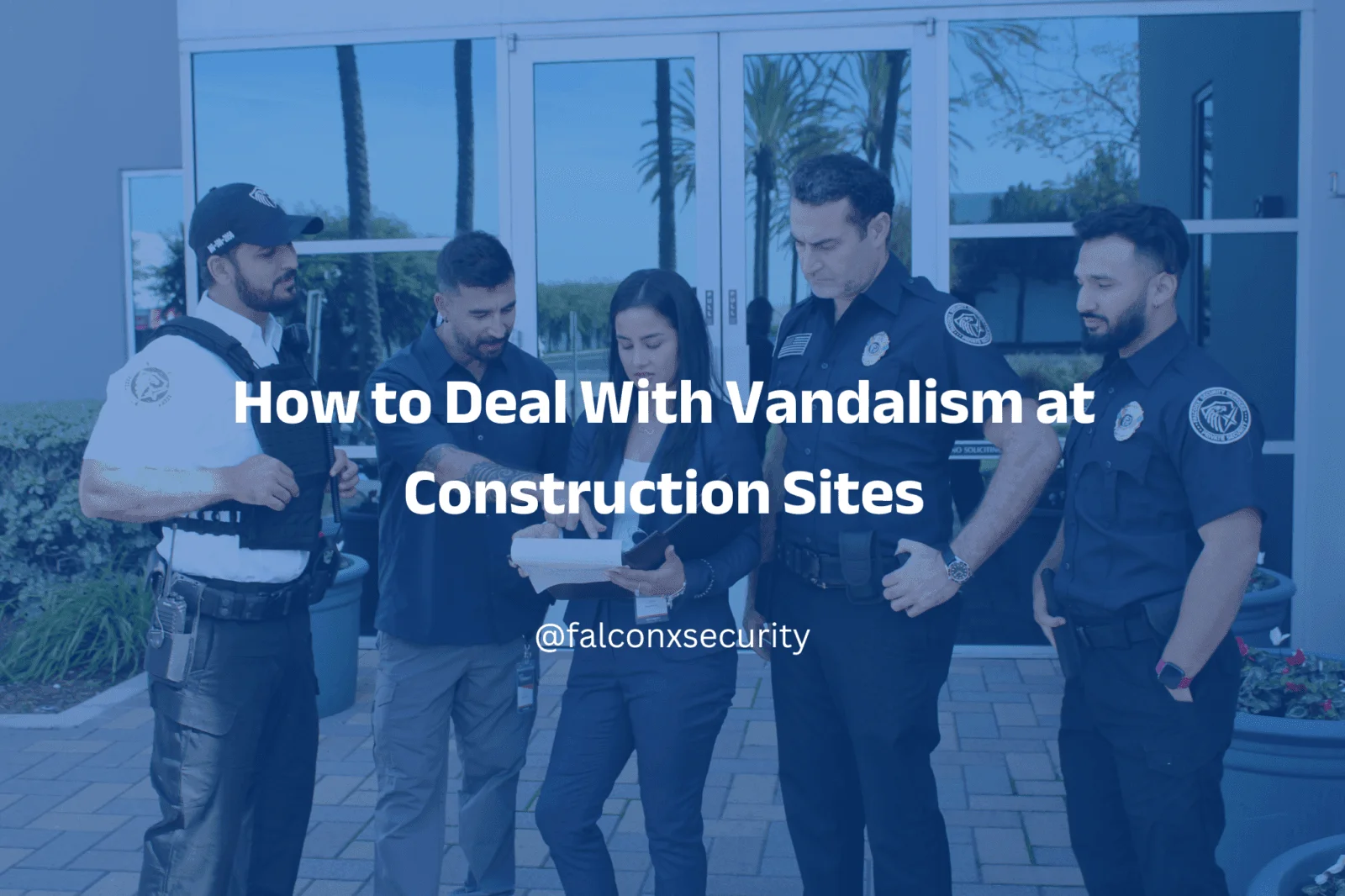Banks are places where people keep their money safe. They also store valuable items and important documents. Because of this, banks need strong security. One way to ensure security is through access control. Access control helps keep banks safe from intruders. It also protects the bank’s valuable assets.
What is Access Control?
Access control is a system that decides who can enter a place. It also controls what they can do once inside. In banks, access control is very important. It helps to keep unauthorized people out. This makes sure that only trusted people can enter secure areas.
Types Of Access Control
There are different types of access control. Each type helps to keep the bank safe in different ways.
- Physical Access Control: This type uses locks, doors, and gates. It ensures that only authorized people can enter the bank. Banks use key cards or biometric scanners to control entry.
- Logical Access Control: This type controls access to computer systems. It uses passwords and encryption to keep data safe. Only authorized people can access the bank’s computer systems.
- Administrative Access Control: This type involves policies and procedures. It includes training employees on security practices. It ensures that everyone knows how to keep the bank safe.
Why is Access Control Important in Banks?
Access control is crucial for banks for many reasons. Here are some key points to understand why:
Protection From Intruders
Access control helps keep intruders out. Only authorized people can enter secure areas. This makes it harder for criminals to steal money or valuable items.
Safeguarding Customer Information
Banks store sensitive information about their customers. This includes account details and personal information. Access control ensures that only authorized people can access this information. This helps protect customers from identity theft and fraud.
Preventing Internal Threats
Sometimes, threats come from inside the bank. Employees might try to steal money or information. Access control helps prevent this. It ensures that only trusted employees can enter secure areas. It also monitors employee actions to detect suspicious behavior.
Compliance With Regulations
Banks must follow strict regulations. These rules help keep customers’ money and information safe. Access control helps banks comply with these regulations. It ensures that the bank meets all security requirements.
How Access Control Works in Banks
Access control systems in banks use several tools and methods. These help keep the bank secure and protect valuable assets. Here are some common tools used in access control:
Key Cards And Badges
Employees use key cards or badges to enter secure areas. These cards have electronic chips that store information. When an employee scans their card, the system checks if they are authorized. If they are, the door unlocks, and they can enter.
Biometric Scanners
Biometric scanners use unique physical features to identify people. This can include fingerprints, eye scans, or facial recognition. These scanners ensure that only authorized people can enter secure areas.
Security Cameras
Security cameras monitor the bank’s premises. They record who enters and exits secure areas. This helps detect any suspicious activity. It also provides evidence if a crime occurs.
Alarm Systems
Alarm systems alert the bank if someone tries to break in. These alarms can be silent or loud. Silent alarms notify security personnel without alerting the intruder. Loud alarms scare the intruder away and alert everyone nearby.
Access Logs
Access logs record who enters and exits secure areas. They also record the time and date of entry. This helps track employee movements. It also helps detect any unauthorized access attempts.
Best Practices for Access Control in Banks
Banks should follow best practices to ensure effective access control. Here are some key practices to consider:
Regularly Update Security Systems
Security systems should be updated regularly. This ensures that they can protect against new threats. Regular updates also fix any vulnerabilities in the system.
Conduct Security Training
Employees should receive regular security training. This helps them understand the importance of access control. It also teaches them how to follow security procedures.
Perform Regular Audits
Banks should perform regular security audits. This helps identify any weaknesses in the system. It also ensures that all security measures are working correctly.
Implement Multi-factor Authentication
Multi-factor authentication adds an extra layer of security. It requires more than one form of identification. This can include a password and a fingerprint scan. Multi-factor authentication makes it harder for unauthorized people to gain access.
Frequently Asked Questions
What Is Access Control In Banking?
Access control in banking restricts unauthorized access to sensitive areas, ensuring only authorized personnel can enter.
Why Is Access Control Important For Banks?
Access control protects valuable assets, sensitive data, and ensures customer trust by preventing unauthorized access.
How Does Access Control Work In Banks?
Access control uses identification methods like keycards, biometrics, or passwords to verify and grant access to authorized personnel.
What Are Types Of Access Control Systems?
Common types include biometric scanners, card readers, PIN codes, and security cameras to monitor and restrict access.
Conclusion
Access control is crucial for bank security. It helps protect the bank from intruders and safeguards valuable assets. By using different types of access control, banks can stay secure. Regular updates, training, and audits ensure that access control measures are effective. By following best practices, banks can keep their premises and customers safe.
Key Takeaways
- Access control helps keep banks safe from intruders.
- It protects sensitive customer information.
- It prevents internal threats from employees.
- Access control helps banks comply with regulations.
- Key cards, biometric scanners, and security cameras are common tools.
- Regular updates and training are essential for effective access control.





